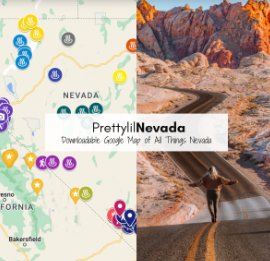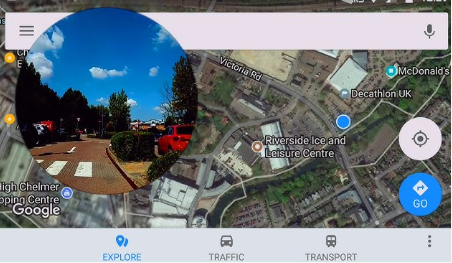
How to Use Google Maps for Tourist Adventures
Exploring a new destination can be both exciting and challenging, but Google Maps makes it easier to plan and navigate your tourist adventures. With its powerful features and intuitive design, Google Maps ensures you make the most of your travels, from finding must-visit spots to creating personalized itineraries. In this article, let’s explore how to leverage Google Maps for your next tourist journey.
Tips for Making the Most of Google Maps While Traveling
These tips will help you maximize the features of Google Maps to create unforgettable tourist experiences.
1. Create Custom Maps for Personalized Itineraries
Google Maps’ My Maps feature allows you to create customized maps tailored to your travel plans. Add landmarks, restaurants, and activities to a single map and organize them by day or location. This feature is particularly useful for managing multiple stops during your trip. Share your custom maps with fellow travelers for seamless coordination.
2. Use Explore for Local Recommendations
The Explore feature is a treasure trove for tourists seeking local recommendations. By tapping on “Explore,” you can discover top-rated attractions, restaurants, and cultural hotspots near your location. Filter results based on categories like “Things to Do” or “Places to Eat” to find experiences that suit your preferences.

3. Optimize Walking and Public Transit Routes
Navigating unfamiliar cities is simple with Google Maps’ detailed walking and public transit options. Get real-time updates on subway schedules, bus routes, and walking directions to make your journey stress-free. For tourists who want to experience the local culture, these features provide reliable guidance without the need for a rental car.
4. Save Key Locations for Easy Access
Google Maps allows you to save important locations, such as your hotel, favorite attractions, or emergency spots like hospitals. Add these to your “Saved Places” for quick access whenever you need directions. Saved locations are synced across devices, ensuring you can retrieve them at any time.
5. Leverage Offline Maps for Remote Areas
For areas with poor internet connectivity, offline maps are a game-changer. Download the maps of your destination before your trip by selecting the area and tapping “Download.” With offline maps, you can access turn-by-turn navigation and essential details, even when you’re off the grid.
6. Explore Landmarks with Augmented Reality (AR)
Google Maps’ AR mode enhances your experience by providing real-time navigation overlays on your phone’s camera. This is particularly helpful in crowded tourist areas where traditional maps can be confusing. Use AR to find landmarks, follow walking directions, or locate nearby attractions with ease.
7. Find Hidden Gems with Local Reviews
Google Maps features extensive user reviews and ratings that help you uncover hidden gems. Read recommendations for lesser-known attractions, local eateries, and unique activities that go beyond typical tourist spots. These insights ensure you experience your destination like a local.
8. Sync Google Maps on Different Devices for Seamless Access
Syncing Google Maps across your devices ensures all your saved locations and itineraries are accessible wherever you go. By linking your Google account, you can maintain a consistent experience on smartphones, tablets, and computers. For users with Huawei devices, integrating Google huawei maps provides a versatile navigation solution, making it easy to explore and stay organized on your adventures.
Conclusion
Google Maps is an essential tool for tourists, offering a range of features to simplify travel planning and navigation. From creating custom maps to leveraging offline access and AR navigation, it enhances every aspect of your adventure. Whether you’re relying on Google Maps on Huawei or other devices, this app ensures you stay organized and enjoy a hassle-free trip. Remember to use these tips to elevate your tourist adventures and create unforgettable travel experiences!




